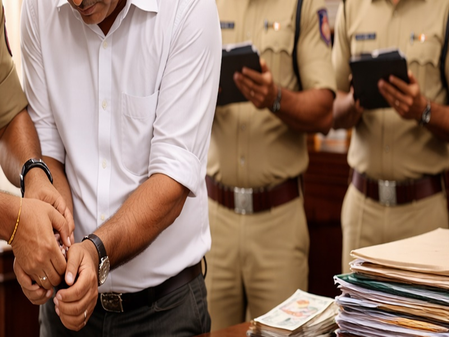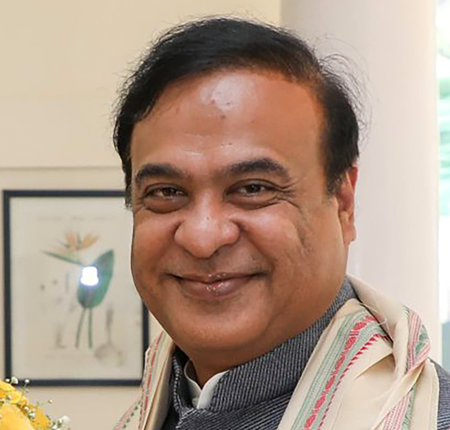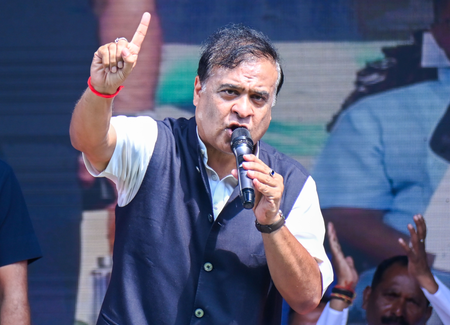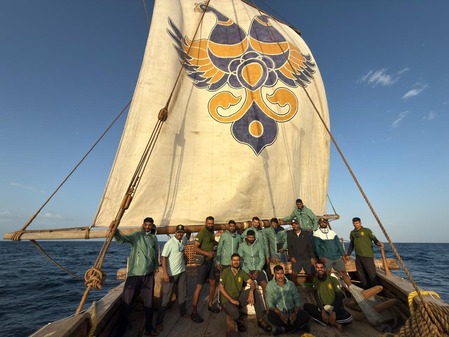
New Delhi, Sep 23 (IANS) In a key development that is likely to embolden the force and enable it to fly even higher and more powerful, the Indian Air Force (IAF) is all set to increase its offensive strength beyond the mandated 42 fighter aircraft squadrons.
“Given the situation in the South Asia region and the geopolitical turbulences, top officials and the policy makers believe that the mandated strength of 42 fighter aircraft squadrons is not enough,” a defence source told IANS.
“According to an internal review, the mandated strength of 42 is not enough, and there is a possibility that the number may see a spike in the coming future,” the source added.
This development comes four months after the Operation Sindoor.
Top Army brass defined this four-day conflict as a testing ground for China to test its military hardware via its proxy Pakistan.
Deputy Chief of the Army Staff, Lt Gen Rahul Singh, at an event in New Delhi, underscored that China is using real conflicts as a ‘live lab’ to assess its weapon systems, “which must be taken very seriously”.
With the pressure of two-front war scenarios, major discussions are underway post Operation Sindoor to enhance the IAF’s fighter jet strength above the 42-squadron limit.
According to sources, there are chances that the number might increase by 25-35 per cent.
Each squadron has 16-18 jets.
A fresh mandate will also need a clearance from the Cabinet Committee on Security (CCS).
Notably, the IAF is already facing a huge problem of depleting fighter aircraft squadrons.
At present, the current fighter strength of the IAF is 31 squadrons, and this will be reduced to 29 on September 26, as the MiG-21 is all set to retire on that day.
Since the mid-1990s, the strength of IAF squadrons has been declining, and with the formal retirement of the MiG-21, the number will be lowest in the last five-six decades.
Similarly, the IAF is also facing consistent delays, including the delays in the Tejas Mark-1A fighter jet.
Deliveries of Tejas Mark- 1A were expected to begin last March, with at least 16 planes to be delivered every year. But in the present context, the IAF has not even received even a single jet from the Hindustan Aeronautics Limited (HAL).
Air Force Chief Amar Preet Singh, earlier this year, had flagged the issue of consistent delays as he publicly expressed displeasure over the delay in the delivery of Tejas Mk1A fighter jets by the HAL.
–IANS
sas/vd




